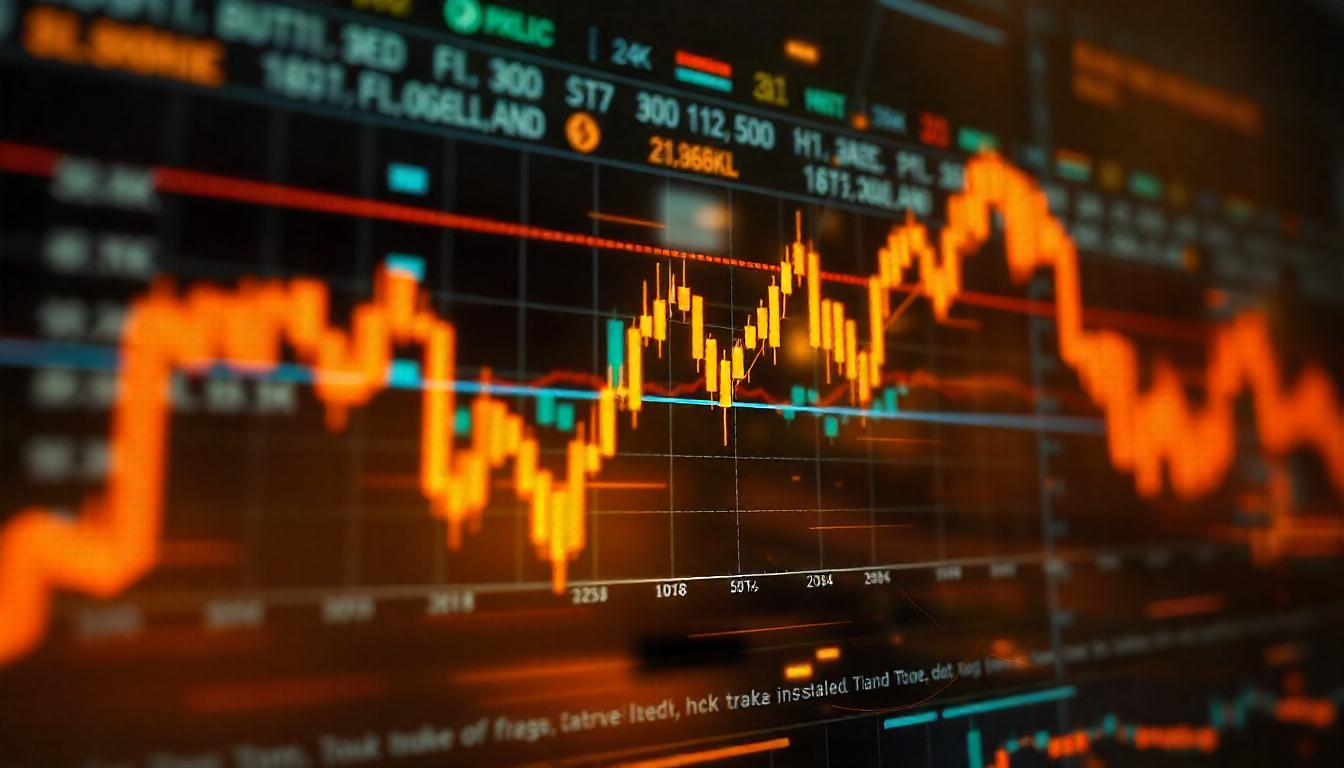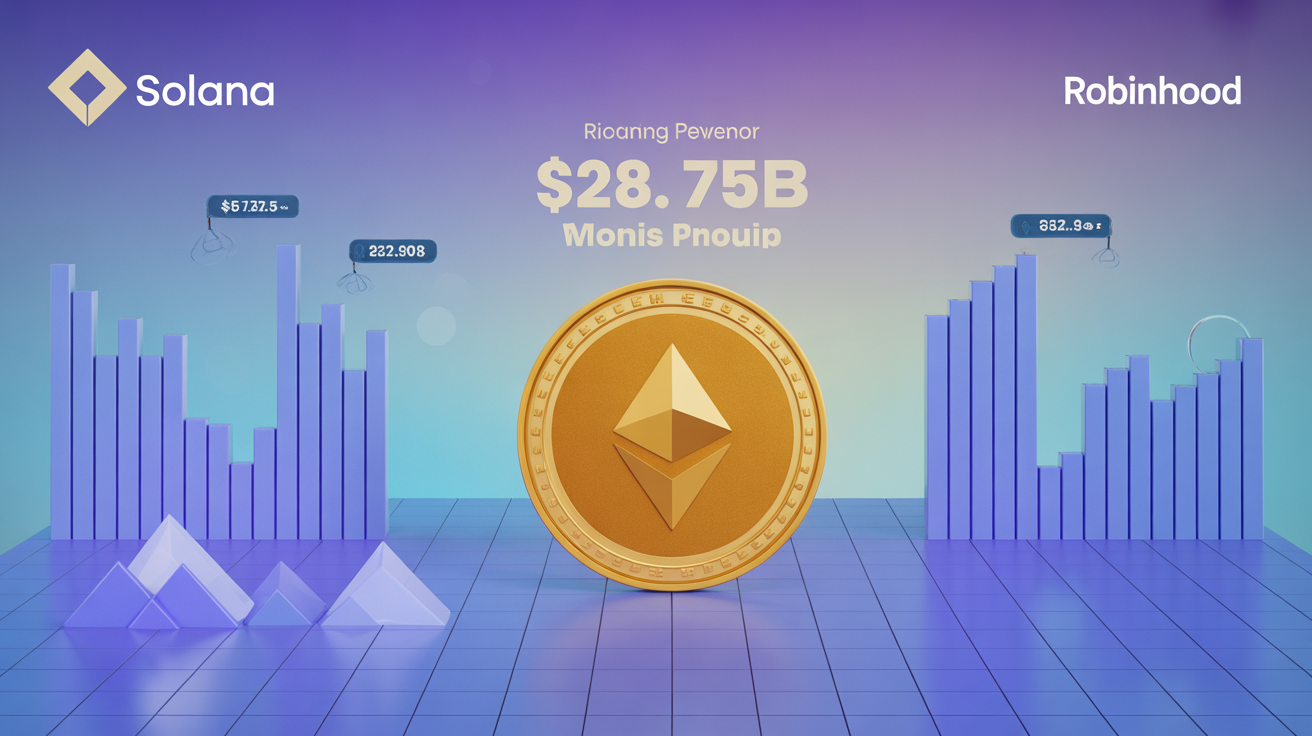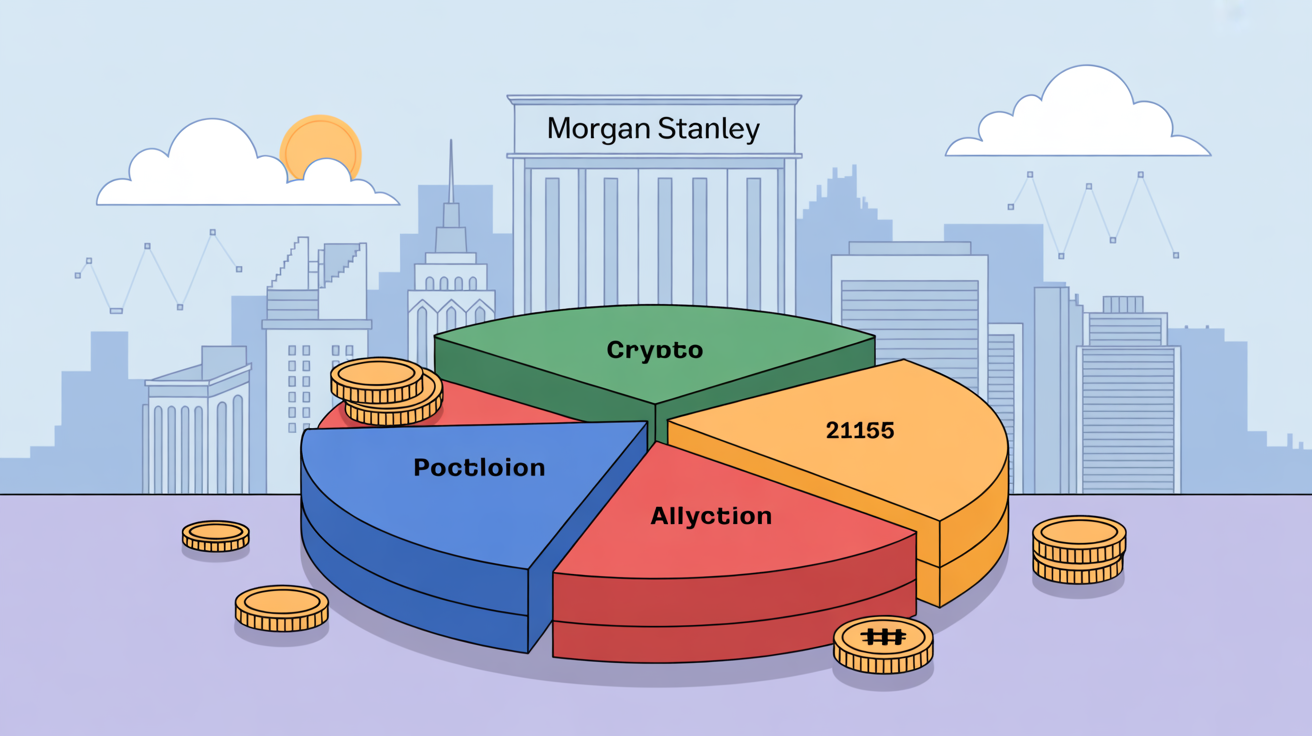
Bitcoin (BTC) has been experiencing price movements that contrast with the exhaustion seen in the uptrend above $108,000 in mid-December, raising the question: Has the recent price weakness marked the bottom, or is there more downside to come?
The current trend leans towards the former, as Monday’s price action showcased a strong recovery from intraday lows. This differs from mid-December, when the rally stalled and reversed from the record highs above $108,000.
On Monday, Bitcoin initially faced downward pressure as investment banks adjusted their expectations for the Federal Reserve’s rate cuts. Following a robust U.S. jobs report on Friday, some analysts speculated about the possibility of rate hikes, leading to Bitcoin dipping below the $90,000-$93,000 support zone, mirroring a broader pullback in U.S. stock indices.
However, the breakdown of this support was brief, with Bitcoin climbing back to $94,000 by the end of the day, forming a “long-legged Doji” candlestick pattern. This pattern, characterized by a long wick, suggests that although sellers initially pushed prices lower, buyers ultimately took control. It is often seen as a potential signal of a market bottom, especially when it occurs at a key support level or following a substantial price drop.
The long-legged Doji appeared within the support zone that has consistently held firm since late November, indicating that this level is being strongly defended. In contrast, on December 16, Bitcoin printed a Doji with a longer upper shadow at the $108,000 highs, signaling that the uptrend was losing momentum and sellers were gaining ground.
What’s next for Bitcoin?
While Monday’s price action suggests a possible bottom, confirmation is still needed. A decisive move above the $95,900 high from Monday would indicate growing bullish momentum and could trigger fresh buy orders from traders. In the meantime, the $89,000 low from Monday has become a key level that bears need to break in order to regain control.
Bitcoin’s supply-demand dynamics continue to favor the bulls. According to Andre Dragosch, Head of Research for Europe at Bitwise, corporate demand for Bitcoin is already outpacing the supply of newly mined coins, which remains a positive sign for the market.
The release of Wednesday’s U.S. Consumer Price Index (CPI) report could lead to increased volatility, potentially influencing expectations for future Federal Reserve rate cuts.
“Following Monday’s sharp drop, Bitcoin rebounded from $89K, as traders eagerly await the U.S. CPI report on January 15. Many major altcoins mirrored Bitcoin’s price movement, with some seeing even steeper losses in the past 24 hours,” said Neal Wen, Head of Global Business Development at Kronos Research. “Market participants are now looking for signs of stability to determine whether Bitcoin will see further downside or begin a new rally,” Wen added.




















